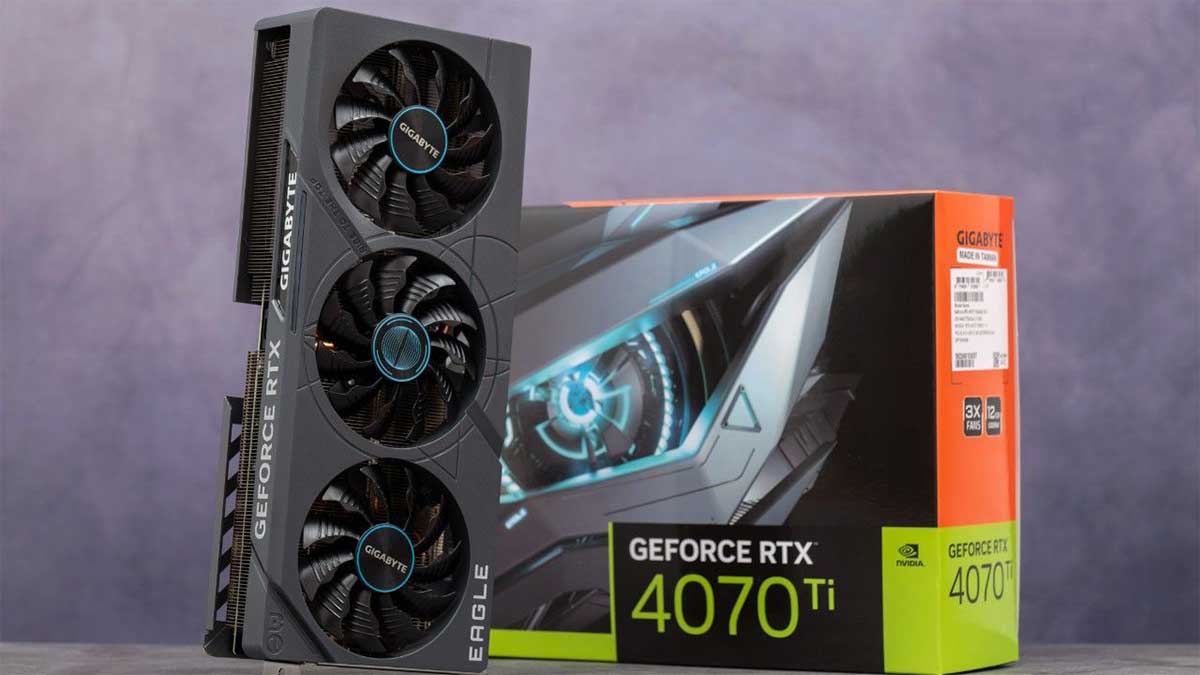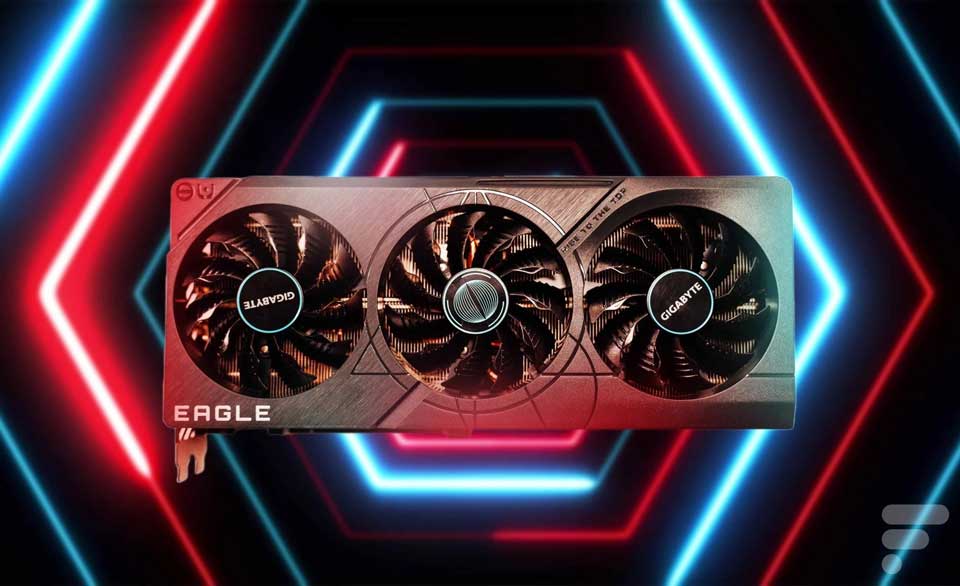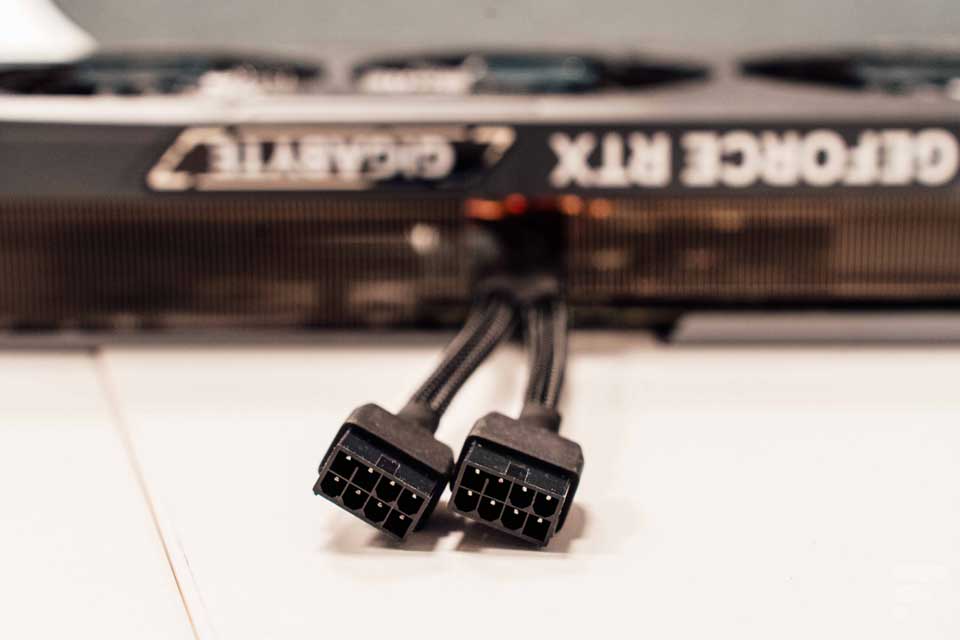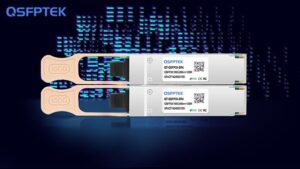
The series that bears the number 70 in NVIDIA cards has always been the best in every generation, whether in terms of performance or pricing, that difficult equation that was achieved in the last four generations of the green camp seems to be on its way to be broken today by the latest RTX 4070 Ti card, which we will review it for you during that article.
The GTX 1070 Ti card was one of those that still offers that difficult equation between price and performance and we do not try to embellish it because it is our card to this day – sorry – it is the established fact, as well as the RTX 2070 card was the most popular card in the RTX-20 generation for the same reason. Semiconductor issues, favorable conditions for the RTX 3070’s launch like coronavirus, and global shipping issues prevented the RTX 3070 from making it the best price-to-performance card in history.
However, hopes were high for the 70 Series following the unveiling of the third generation of RTX cards, or specifically the RTX 4000 generation, before NVIDIA told us that the desired card would not exist and instead would be called the RTX 4080 with a size of 12 GB.
The green camp corrected the mistake and quickly retracted the launch of the card and instead renamed it to the RTX 4070 Ti, and here the concerns about “pricing” increased, those concerns turned into reality as the card went into another category entirely, $800 is the price of a card bearing the number 70, after That was normally launched at a price of no more than $550!
This is if we regardless that the card that is supposed to be launched is the RTX 4070 and not the Ti (which is usually a mid-generation update), but the matter is different here, so unusually we will not talk about the position of the card and we will leave that for the end of the article after watching the results and comparisons and analyzing them.
RTX 4070 Ti graphic card specifications

This chip was just announced during CES 2023 – at the time we’re writing this review and scheduled to be published with the global launch – but we actually had a period before the launch so that we could submit a review of it with the launch.
ADA Lovelace Architecture
This RTX 4070 Ti graphics card wishes for the new ADA architecture and is the third card to carry this architecture after the RTX 4090 and RTX 4080. Generally, this generation ADA Lovelace is a giant leap from the previous Ampere generation (RTX-3000), which was basically a giant leap from the previous generation. The first in which ray tracing technology appeared in games for the first time, and in order not to prolong you, we explained all the advantages that the technology offers in the RTX 4090, so if you want to delve into those details, you can follow the following link:
A look at the RTX 4070 Ti EAGLE 12G graphics card
Compared to the sizes of the RTX 4090 and RTX 4080, the new RTX 4070 Ti card cannot be considered a giant, however it is still huge when compared to the RTX 3070 Ti card from last generation as the images below will show.
There are no reference copies of the RTX 4070 Ti chip, so we will have to review one of the copies from the third-party companies, and you should of course buy one of them if you are thinking of purchasing the card, the version we have is the GeForce RTX 4070 Ti EAGLE 12G from Gigabyte, and it is not the first time In which we’re experimenting with one of the EAGLE series cards, and the truth is that the design and cooling system did not differ much from what we saw previously.
Windforce 3X cooling system

This version comes with the famous WINDFORCE 3X cooling system known to Gigabyte. It features unique fans of 2 x 90mm and 1 x 80mm, which use “Nano-graphene”, which in turn extends the life of the fan up to 2.1 times that of ordinary fans.
The fan in the middle works with the “Alternate Spinning” feature. This technology is not new, but rather has years, and it works to rotate one fan opposite the other so that the direction of air flow between the two fans is the same, which reduces turbulence and enhances airflow pressure and thus better cooling.
The fans include the “3D Active Fan” feature, which we are used to in most cards, although the name differs from one company to another, as the fans are kept away from running when the GPU is at a low load or a low temperature and when it reaches a temperature Set to be 60. The fans usually start working, and you can customize that as well as you want, as this allows you to play and use the device in light games in silence, as well as to extend the life of the fans instead of them spinning all the time aimlessly.
The cooling system also includes six composite copper heat pipes, where the graphics processing unit is in direct contact with the cooling copper surface, through that direct contact with the graphics processing unit and the memory of the VRAM card, the large copper plate combines the composite heat pipes to efficiently transfer the heat generated from the internal cores to the heat sink.
The huge heat sink on top of the card allows air to circulate smoothly for better cooling.
This was the most prominent thing we could talk about in the cooling system of the card, instead of that the temperatures in the test section later will be the best evidence of whether all of this is effective or not.
Dual BIOS
As for the rest of the features of this version, it comes with a Dual BIOS, which can be switched between them physically through the switch button located on the structure of the card itself. The factory default setting is in OC mode, which provides users with the best performance, but switching to silent mode will make you enjoy the experience Quieter, lower temperatures but of course lower performance … with this we always recommend using the default mode.
GIGABYTE provides a back plate made of metal, which not only provides heat dissipation from the parts of the card, but also gives the card additional rigidity that prevents it from bending and enhances its structure, as well as gives an aesthetic appearance to the back of the card.
RTX 4070 Ti slots
If we talk about the ports in this card, it contains: HDMI 2.1 port. and three DisplayPort 1.4 ports.
We notice here the presence of an HDMI 2.1 port, and on this, more options for those who want to connect the card to their 4K screens with the ability to reach 4K resolution with a refresh rate of 120 Hz, in addition to the presence of three DisplayPort ports, these ports will provide you with flexibility in connecting your screen easily as the card supports multiple monitors To be able to install several screens at the same time, up to four Quad Display screens with a resolution of up to 7680 x 4320.
Power delivery
As for the power draw, unfortunately the card also comes with a “high performance” power cable, the new 16 Pin*1 port that comes included with the box and plugs into two 8 pin ports so this card requires a 750-watt supply for safe operation and we’ll talk about This is later in the part of the tests for heat and energy consumption.
GIGABYTE RTX 4070 Ti 12GB EAGLE OC Performance and Tests in Games and Graphics Applications

Test methodology
In all the tests that you will see during this part, we used a test platform with a 12th generation Intel Core i9-12900K processor with two pieces of Corsair Dominator Platinum DDR5 random memory, each of 16 GB, with a total of 32 GB, and it operates at a frequency of 5200 MHz. XMP profile path.
In order to standardize the results, we use a fixed test platform in all tests and with constant settings for all games with the change of the piece to be tested or reviewed. Therefore, the test platform will be as follows:
- Processor: Intel Core i9-12900K.
- Motherboard: ASRock Z690 PG Velocita.
- Random memory (RAM): Corsair Dominator Platinum 32GB 2x16GB 5200MHz.
- Storage: Transcend SSD230S 2TB/XPG S50.
- Power supply: DeepCool Gamer Storm DQ850-M.
- Heatsink for processor: Corsair ICUE H170i Elite LCD.
- Operating System: We are using a fresh version of Windows 11.
- Power Plan: CPUs are tested in High Performance mode with the BIOS power saving options left in Auto mode.
- Operating frequency of the processor: the base frequency without overclocking.
- Vertical Sync: All V-Sync, G-Sync, or Freesync vertical sync options are locked to ensure card performance is not scaled and unleashed.
Analyze results and comment on performance
With this generation’s “very fast” cards, the most powerful central processors seem unable to catch up with their speed, so we tried to use the best platform on the market today, as we tested the card with the above platform at one time and with the 7950X processor from AMD at other times. In fact, we didn’t see much change in the frame rate, so we decided to stick with 12900K as the main platform to compare all cards, as the graph above shows.
Performance in games
In the 3D Mark Fire Strike test, the new card scored 45,790 points compared to the RTX 3070 Ti, which scored 32,258 points at the time in the same test. This is an increase of 40% over the previous generation, which is an impressive number if you want an opinion.
When comparing the same numbers in the same test with the RX 7900 XT card from competitor AMD, we find that the red camp here takes precedence by a slight difference, as the card scored 46102 points.
When switching to apply this within games, we find that the RTX 4070 Ti 12GB EAGLE OC graphics card got an average of 308 frames in the games that we tried, compared to 281 for the RTX 3070 TI card of the previous generation, but the superiority here appears in favor of the RX 7900 XT, which achieved 337 frames.
It can be said that the RTX 4070 Ti card is really faster in games than the RTX 3090 and even Ti of the previous generation, and even outperforms them in that it supports DLSS 3.0 (exclusively), and therefore it will deal better with games that include technology.
Ray tracing performance
As for the performance of ray tracing, this is another talk. The green camp’s superiority has always been clear in this particular part, and with the presence of technology such as DLSS 3.0, the gap has widened.
The RTX 4070 Ti card got 125 frames with ray tracing enabled against and with the use of DLSS 2.0 on 1080p display resolution, compared to only 77 frames obtained by the RTX 3070 Ti card, even the new generation cards from AMD only got 86 and 99 frames for each 7900 XT and XTX respectively.
With 4K resolution, the RTX 4070 Ti card provided 66 frames, which rose to 91 with DLSS 3 enabled, while the RX 7900 XT card only got 50 frames (with FSR enabled), so the bottom line is in terms of ray tracing, the difference is still clear in favor of the green camp. And expanded with deep learning technology in its third version and frame generation technology, which is essentially one of the pillars of ADA architecture and RTX-40 cards in general.
Heat and power consumption
In terms of power consumption, we’re impressed with the achievement of the ADA Lovelace architecture in terms of power draw, with such a huge increase in performance, the power draw has remained the same – or close if you will – from the last generation, and by that I do not mean that the power draw is low at all.
The card recorded 341 watts, which is higher than the number achieved by the RTX 3070 Ti card as shown in the graph, but the performance difference is still acceptable, so do not underestimate here a power supply of less than 750 watts and we also recommend going with the new PCIe 5.0 supplies that carry an embedded port Without the need for the adapter that came with the card.
As for the temperatures, they were amazing, of course, helped by the size of the largest heatsink and the cooling system that made the card work around the number 60 and 62 as a maximum during pressure, this number rises to 66 with the BIOS enabled on quiet mode.

What is the price of the RTX 4070 Ti?
The RTX 4070 TI graphics card is priced at $800 as the MSRP price, but as we mentioned there are no Founders Edition reference copies and accordingly, we will find third-party cards at different higher prices according to each company.
Evaluation and final judgment
Let’s explain something important to you. There is no longer a so-called “upper middle class”, at least until our time. This generation of NVIDIA is so ambitious that the lowest card in the generation overthrew the most powerful card of the last generation “with lower pricing”, but at the same time it put itself in The upper category deservedly in terms of price … 800 to 900 dollars in a graphics card in the category of the 70 is something that was not taken into account two years ago, but given that the card provided faster performance than the RTX 3090 Ti – not the difference that Nvidia talked about to be honest – which Priced at $1,600 at launch, that’s the same performance for less, plus exclusive DLSS 3 support!
If we have to accept it, this card is amazing, as we saw in terms of performance and pricing, when compared to the last generation, and if compared even to what the competitor offered this generation, although the RX 7900 XTX outperformed the raw performance by a “small percentage”, but it lost out in ray tracing and productivity software. and industry content, heat, and power consumption, which is $100 more expensive (depending on MSRP pricing).
The RTX 4070 Ti card is well suited for playing on all display resolutions up to 4K, but it is ideal for 2K resolution with frames exceeding 100 even with heavy games, and the RTX 4070 Ti 12GB EAGLE OC version always satisfies us with EAGLE versions in terms of design and cooling, so there are no problems here, but it is one of the best versions available as well as one of the cheapest.






